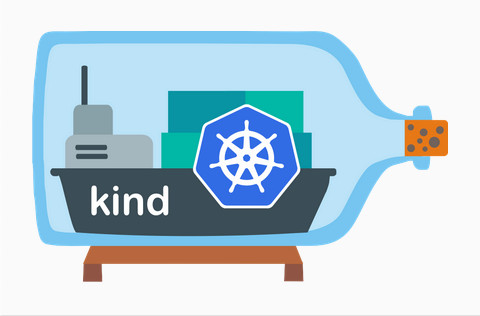-
Kubernetes: Managing tenants with Capsule
7 min read

Once we have Capsule setup we'll need to start managing the tenants and their permissions. In this post, we'll see how to assign permissions to a user, cordoning a tenant, and enforcing resource quotas at the tenant level.
27/02/2025
Read more... -
Installing Argo Rollouts
2 min read

Installing Argo Rollouts is very simple, as it is a lightweight controller that can be installed using kustomize. We can also install the CLI to interact with it and start a dashboard to visualize the status of our rollouts.
This controller provides missing deployment strategies like Blue/Green and Canary in a Kubernetes native and GitOps friendly manner.
26/02/2025
Read more... -
Kubernetes multi-tenant with Capsule
6 min read

Capsule implements a multi-tenant and policy-based environment in your Kubernetes cluster, leveraging only on upstream Kubernetes. It allows you to create tenants, namespaces, and users, and define policies to control the resources and access within the cluster.
25/02/2025
Read more... -
Kubernetes: Creating a Static Pod
3 min read

Static pods are managed directly by the kubelet without relying on the Kubernetes API server. Unlike regular pods, static pods are defined as manifest files placed in a specific directory on the node.
Since static pods are bound to a specific node, they are suffixed with the node hostname in the pod name. In this post, we will create a static pod in a kind cluster by mounting a directory from the host to the kubelet's static pod directory.
24/02/2025
Read more... -
Kubernetes: Using Mutating Admission Policy in Kubernetes v1.32
3 min read

Starting with Kubernetes v1.32, we now have MutatingAdmissionPolicy object, a built-in alternative to mutating admission webhooks. This alpha feature allows for inline resource mutation using Common Expression Language (CEL), making it easier to modify Kubernetes objects at admission time.
21/02/2025
Read more...
Kubernetes:
container orchestration
